Black-headed Ibis
Threskiornis melanocephalus
NEAR THREATENED
Little Rann of Kutch, Bhigwan Bird Sanctuary & Manjeera Wildlife Sanctuary
Today’s blog is about the near threatened Black-headed Ibis in a combination of photos from lots of spectacular bird habitats like the Little Rann of Kutch, Bhigwan Bird Sanctuary and the Ranganathittu Bird Sanctuary. These photos cover a long span of years going back all the way to 2011 when I first started photographing birds at the Ranganathittu Bird Sanctuary near Mandya in Karnataka.
Little Rann of Kutch
On the western edge of India, a pure white desert seems to shimmer under the blazing sun. This is the Rann of Kutch, home to India's largest salt plain, in the Kutch district of the state of Gujarat. The region is divided into two distinct areas - the Great Rann and the Little Rann - each offering different experiences. (Rann means "desert" in Hindi). The Great Rann is best known for its spectacular landscapes, while the Little Rann is a hub of wildlife and salt farming. It is amazing how beautiful nothingness is - and how much the scene changes in the shifting light, especially sunset to a full moon. It's a little bit like the Taj Mahal - people think they have already seen it in pictures, yet its size, scale and beauty still take your breath away when it's actually right there before you."
The Little Rann of Kutch, not to be confused with the Rann of Kutch or the Great Rann of Kutch, is a Salt Marsh and a part of the Rann of Kutch in the Kutch district of Gujarat in India. In 2008, to project Kutch as an international nature destination, the government of Gujarat designated the area as the Kutch Biosphere Reserve. Biosphere reserves aim to promote sustainable development in the surrounding area, which is reserved for Conservation and research. Such reserves are protected under the Wildlife Protection Act, the Indian Forest Act and the Forest Conservation Act. The government provides funds for the conservation of the landscape's biological diversity and its cultural heritage.
The reserve's vegetation is mainly xerophytic as groundwater is scarce. The 74 elevated plateaus (also called islands or bets) have around 253 flowering species. According to some estimates, about 70,000 to 75,000 birds nest in an area of about 250 acres. The Little Rann of Kutch is home to the Indian wild ass (khur). To conserve this species, the Indian Wild Ass Sanctuary (IWAS) was created in 1973 and covers nearly five thousand square km. Read more about my experience with the Near Threatened Indian Wild Ass, the Khur as it is locally known, here. The sanctuary is also home to many species of migratory birds, such as the sarus crane, ducks, the Dalmatian pelican, and flamingoes, as well as land birds like the sandgrouse, the francolin and the Indian bustard. It is also home to various mammals such as the Indian wolf, desert fox and nilgai.
Salt panning is a crucial seasonal activity in the Rann of Kutch, producing the majority of India's inland salt. During the monsoon season, the underwater table of the Kutch is filled with saltwater. After the water recedes in October, salt workers temporarily settle and use diesel pumps to pump the saltwater into fields. Then, the natural climate conditions allow evaporation of the water, leaving only the salt crystals. Salt panning workers face severe health issues due to working in the harsh conditions in the fields continuously for 6–7 months. In 2019, as a means of financially supporting the salt pan workers and promoting a move from diesel to solar-powered pumps, the government of Gujarat allowed the state to purchase excess solar power generated during the off-season. Using solar-powered as opposed to diesel pumps can reduce the cost of salt production by one-third.
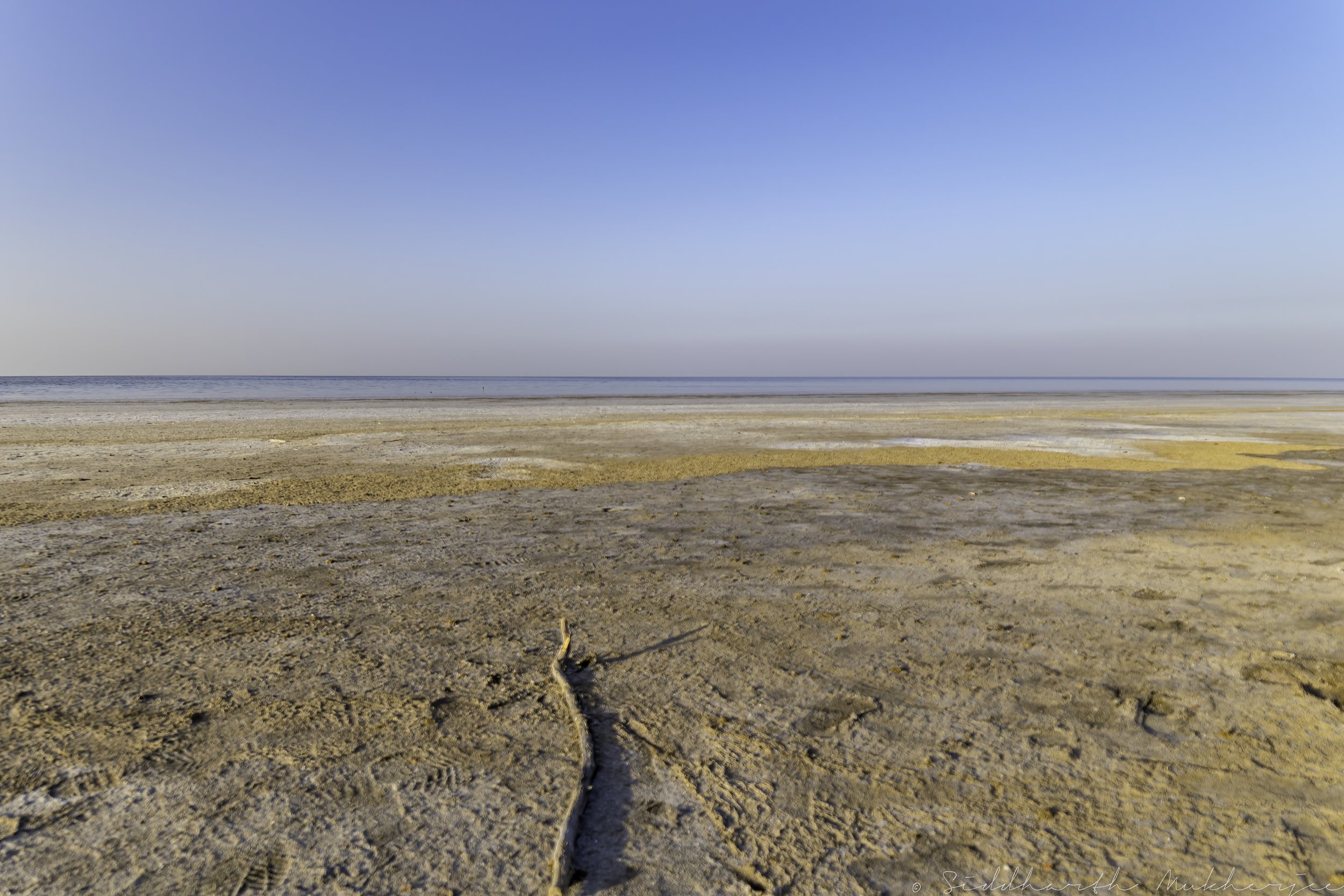
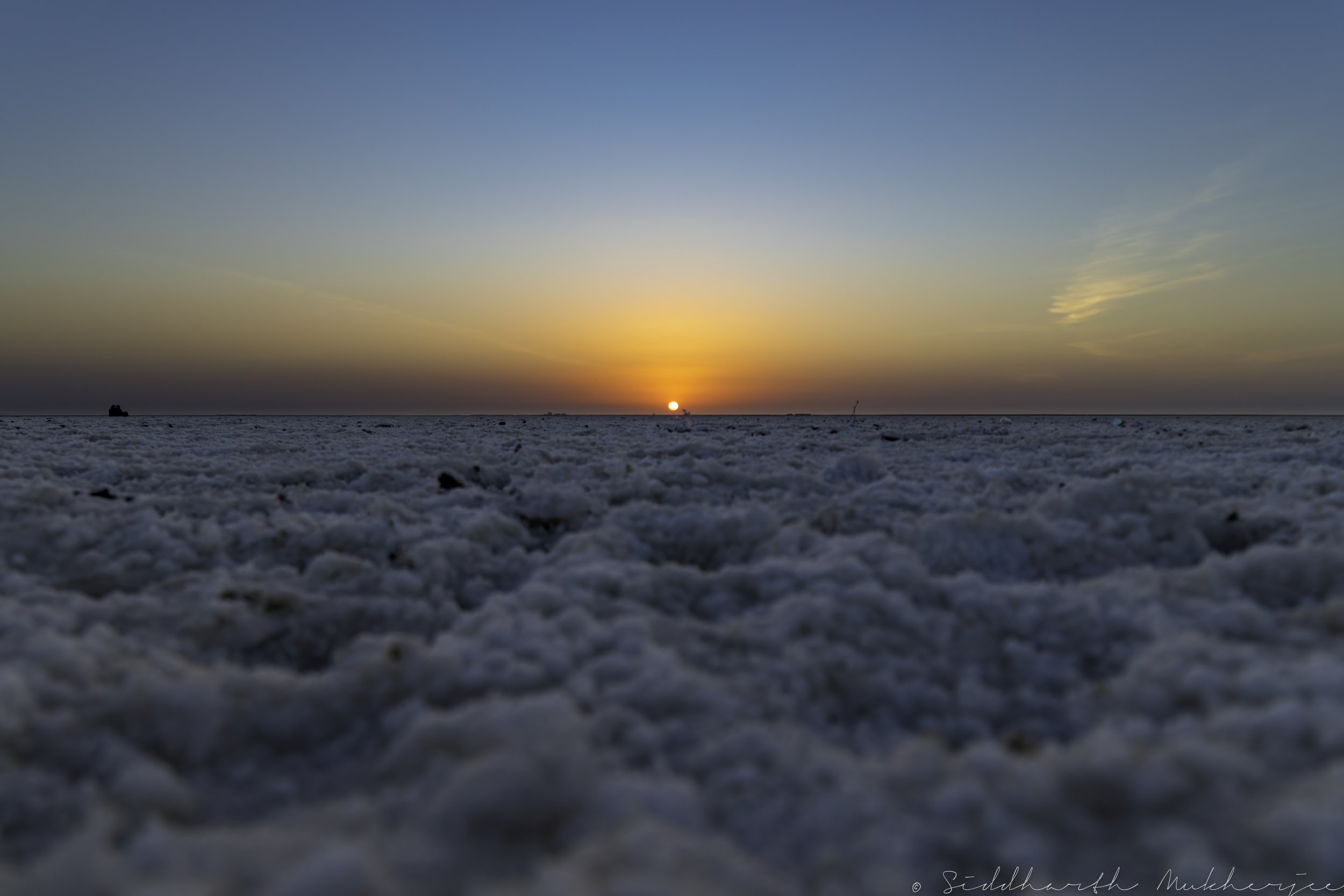
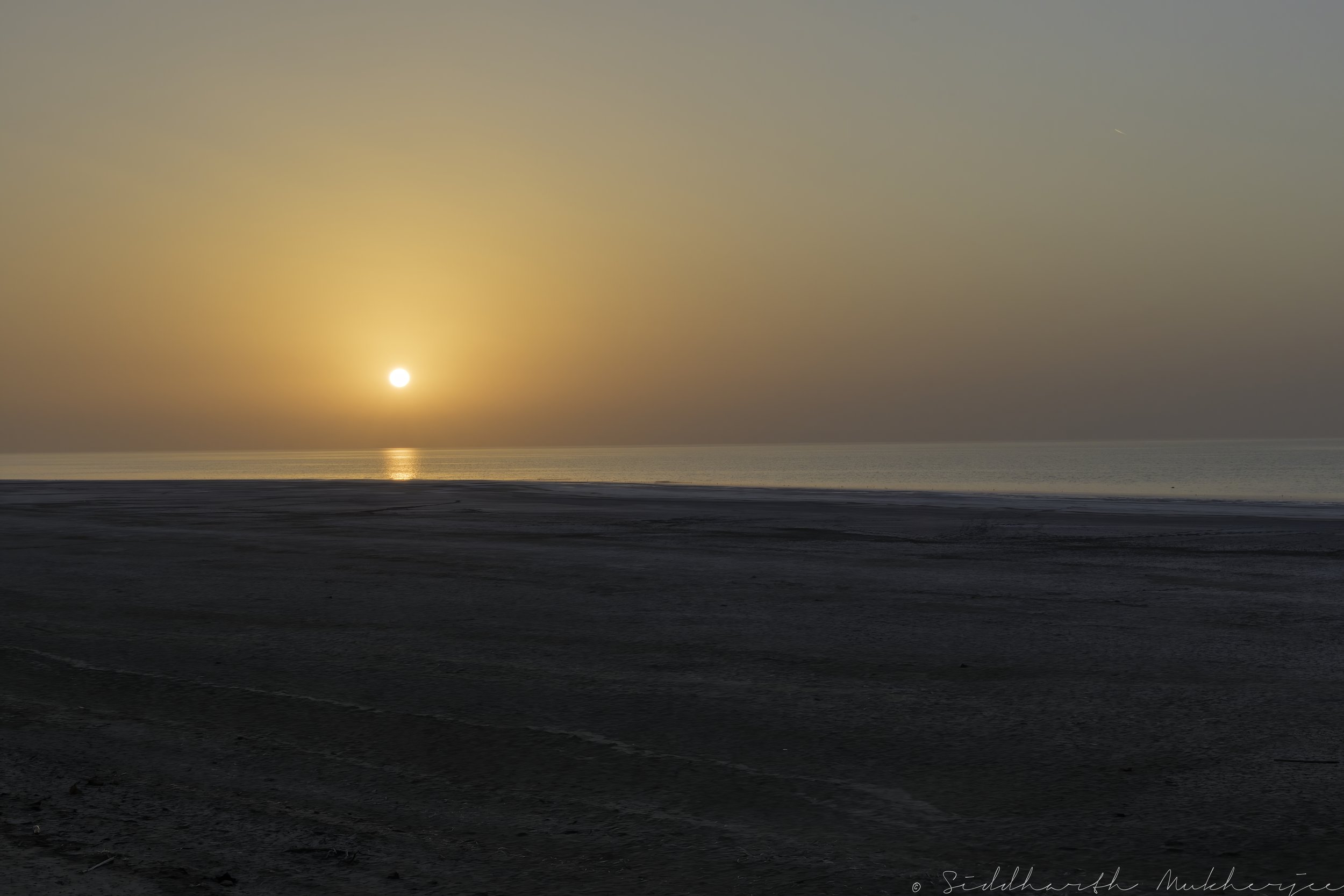
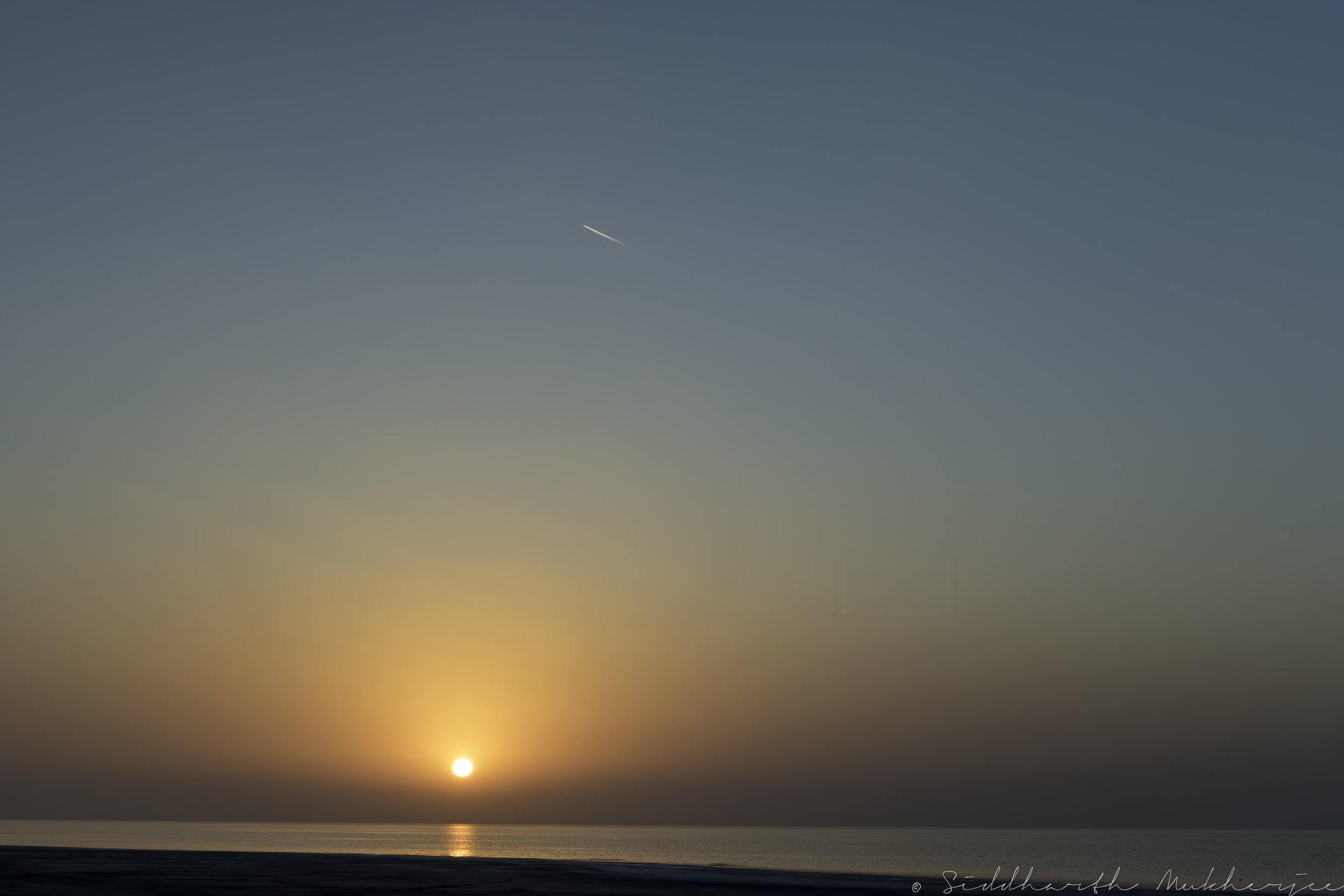
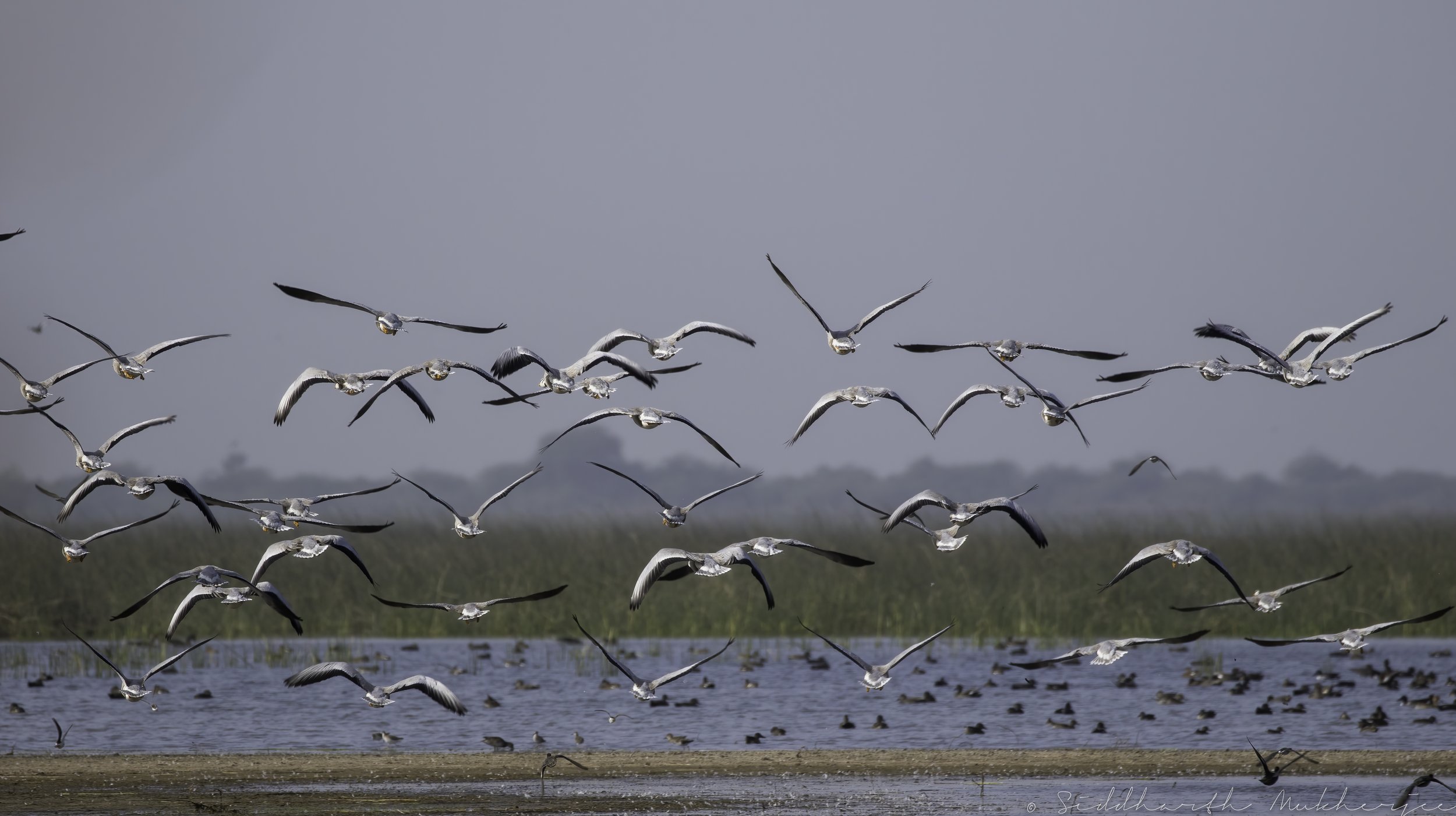
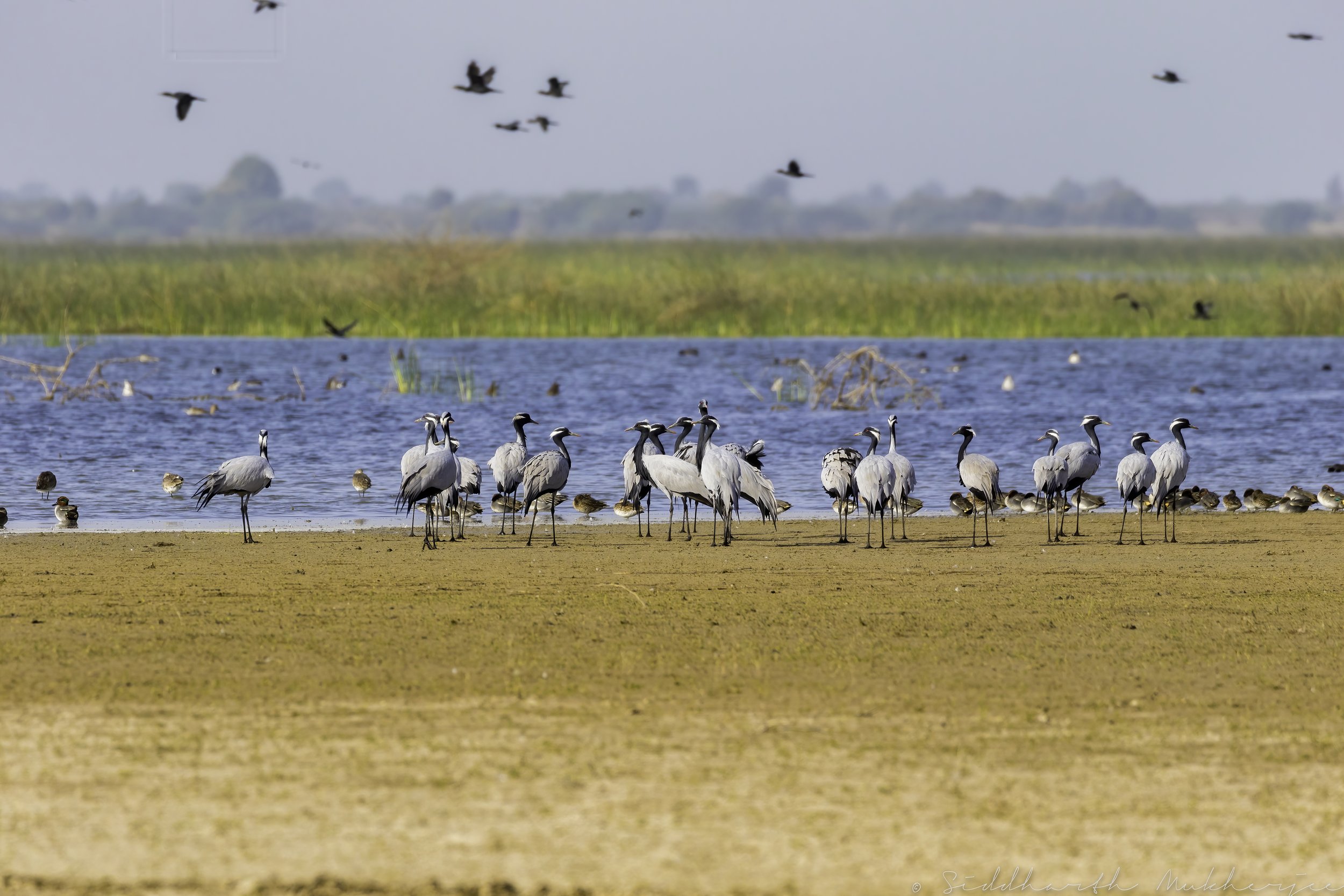
Bhigwan Bird Sanctuary
The Bhigwan Bird Sanctuary is to the south of Bhigwan, where bereft of any hills, lie the wide Ujni backwater wetlands. A shallow waste water reserve formed by the discharge of water from the Pune region dams like Panshet, Pawna, Khadakwasla, Varasgaon, Temghar, etc. This semi waste water has created an excellent wetland based ecosystem supporting a large variety of water birds, both endemic and migratory, and also helped with the local agriculture. Nearly 300 species of endemic and migratory birds have been recorded here. The rainfall in the Pune region decides the water level in Ujni dam. Lesser the water, the shallower it is and therefore more birds make it their home in the winter.
Surrounding this lush ecosystem are the rich grasslands and fertile farms home to an impressive list of birds, mammals and reptiles. The area around these backwaters are also unique with rich farmlands and dry deciduous scrub forest with interspersed grasslands. Home to an impressive list of birds, mammals and reptiles they protect many mammals like the Chinkara, Hyena, Wolf and Indian fox and are also popular for grassland birds and the birds of prey, including the magnificent eagles & harriers I’ve talked about in earlier blogs.
Read about the eagles & harriers of Kumbhargaon:
The endangered Steppe Eagle, vulnerable Greater Spotted Eagle & the rare and also vulnerable Eastern Imperial Eagle.
The beautiful Pallid Harrier, Montagu’s Harrier & Eurasian Marsh Harrier.
There are also other spectacular species like the Short-eared Owl, Spotted Owlets & the Indian Courser inhabiting the grasslands. Read about some of the birds I have observed and recorded at Bhigwan here.
During our time here we were hosted by and had the expert help of Sandip Nagare and his team of knowledgeable guides from the Agnipankha Bird Watcher group, especially Ganesh Bhoi, who went out of their way to ensure we had fantastic opportunities to explore, discover, observe & photograph over 82 species of birds and wildlife including some rare ones. We stayed at Sandip’s homestay of the same name and had the added pleasure of indulging in delectable home cooked food.
I spent a couple of days with great friends in Kumbhargaon village, the winter home for an immense variety of birds like Grey Herons, Painted Storks, Brown Headed Gulls, River Terns & Little Terns, the Black-headed featured here, Red-naped Ibis, Little Ringed Plover, Osprey and the Peregrine Falcon to name a few.
The photos of the Black-headed Ibis I have here are some from the Bhigwan Bird Sanctuary and go back all the way to 2011 when I first started to photograph birds at the Ranganathittu Bird Sanctuary in Karnataka with a humble Canon 400D and a Sigma 70-300 lens. I still have the body, fully functioning, but have since then sold the lens.
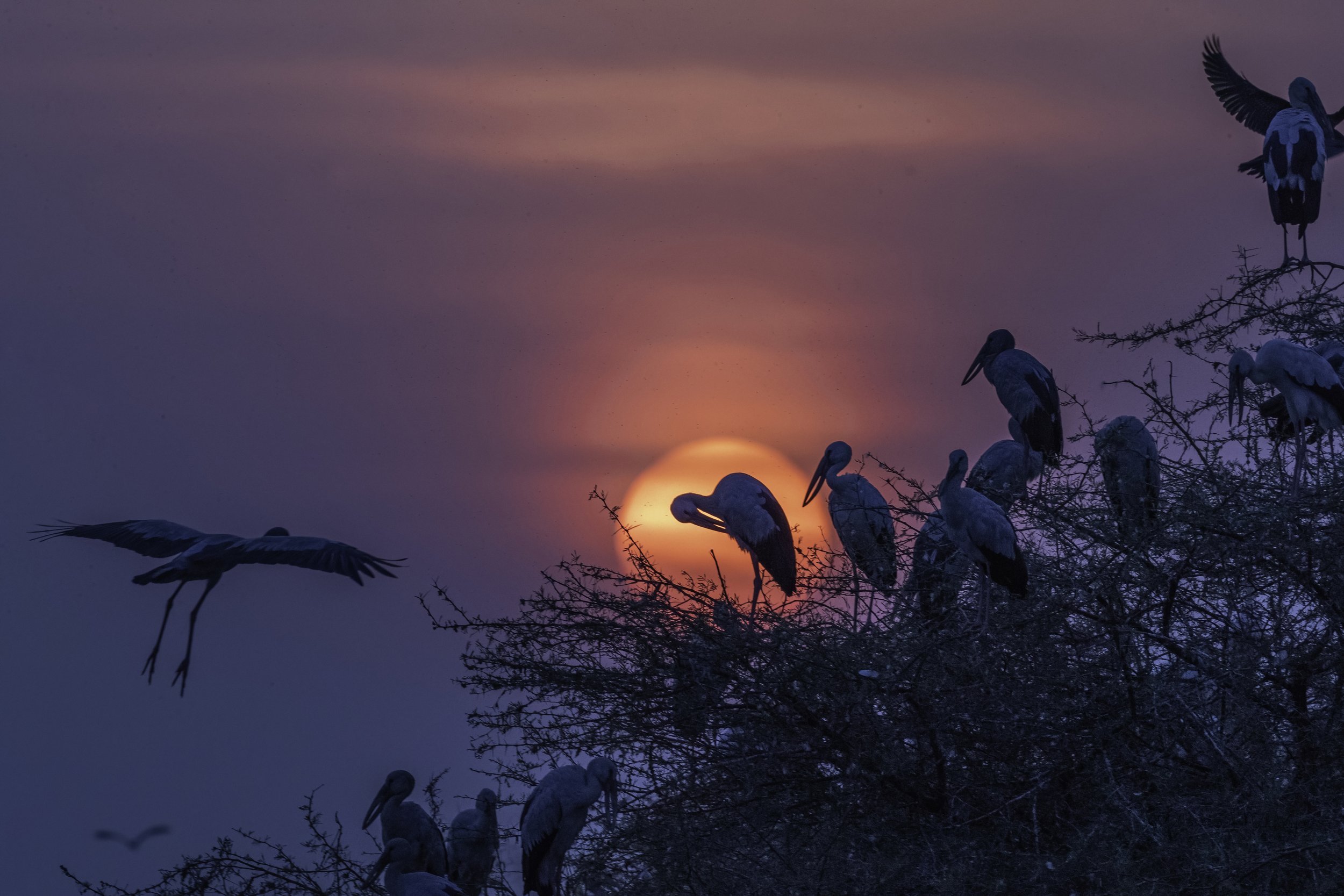
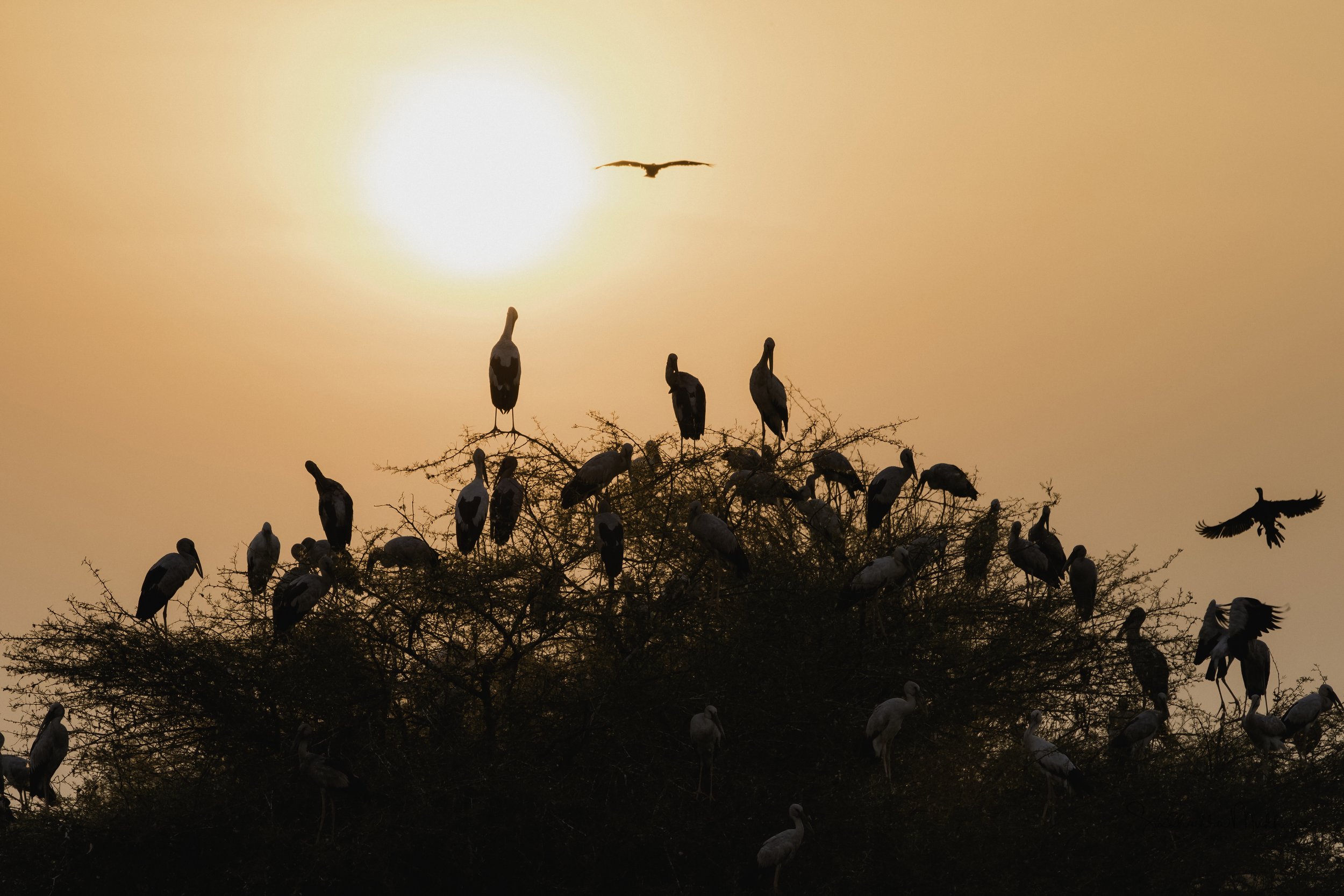

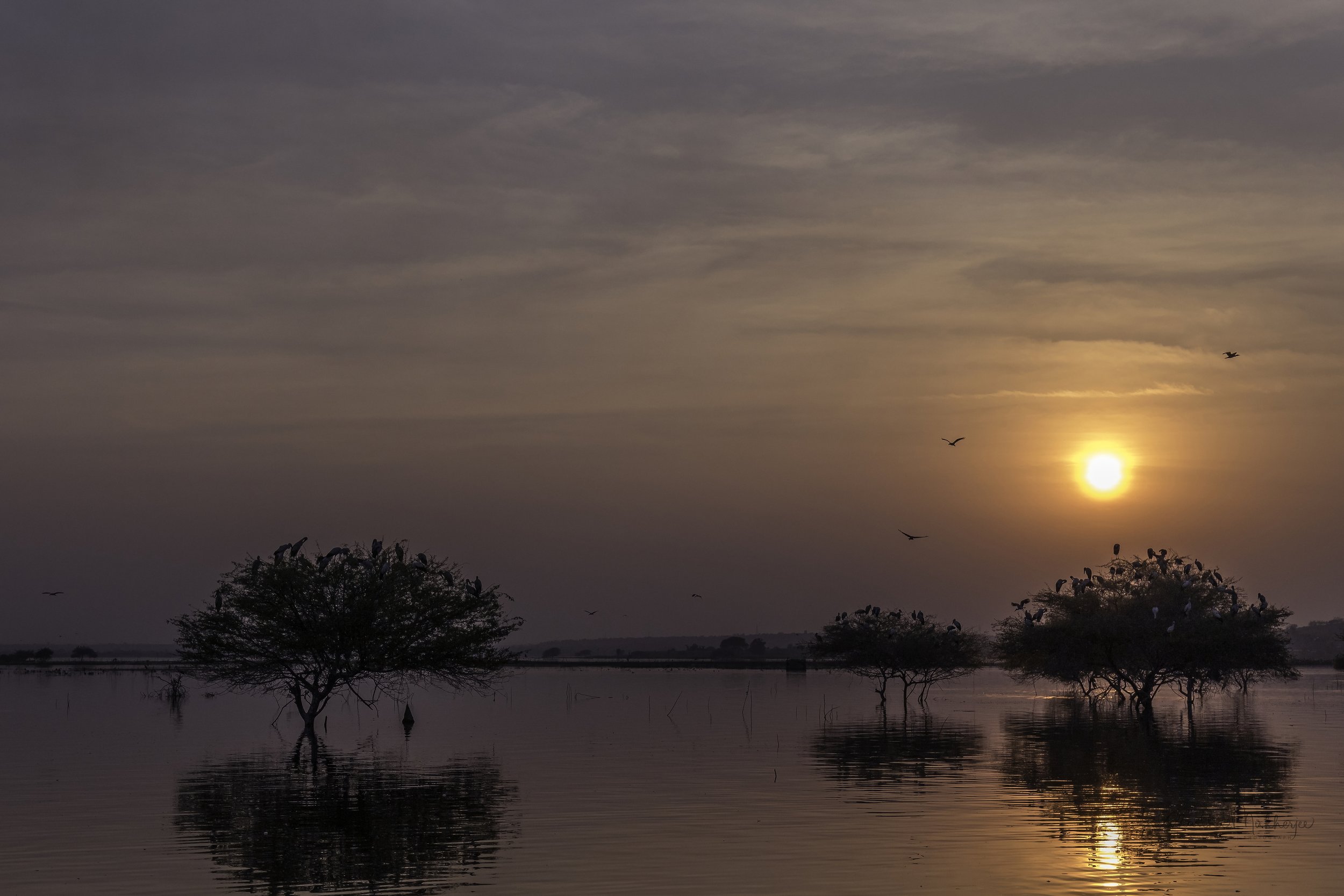
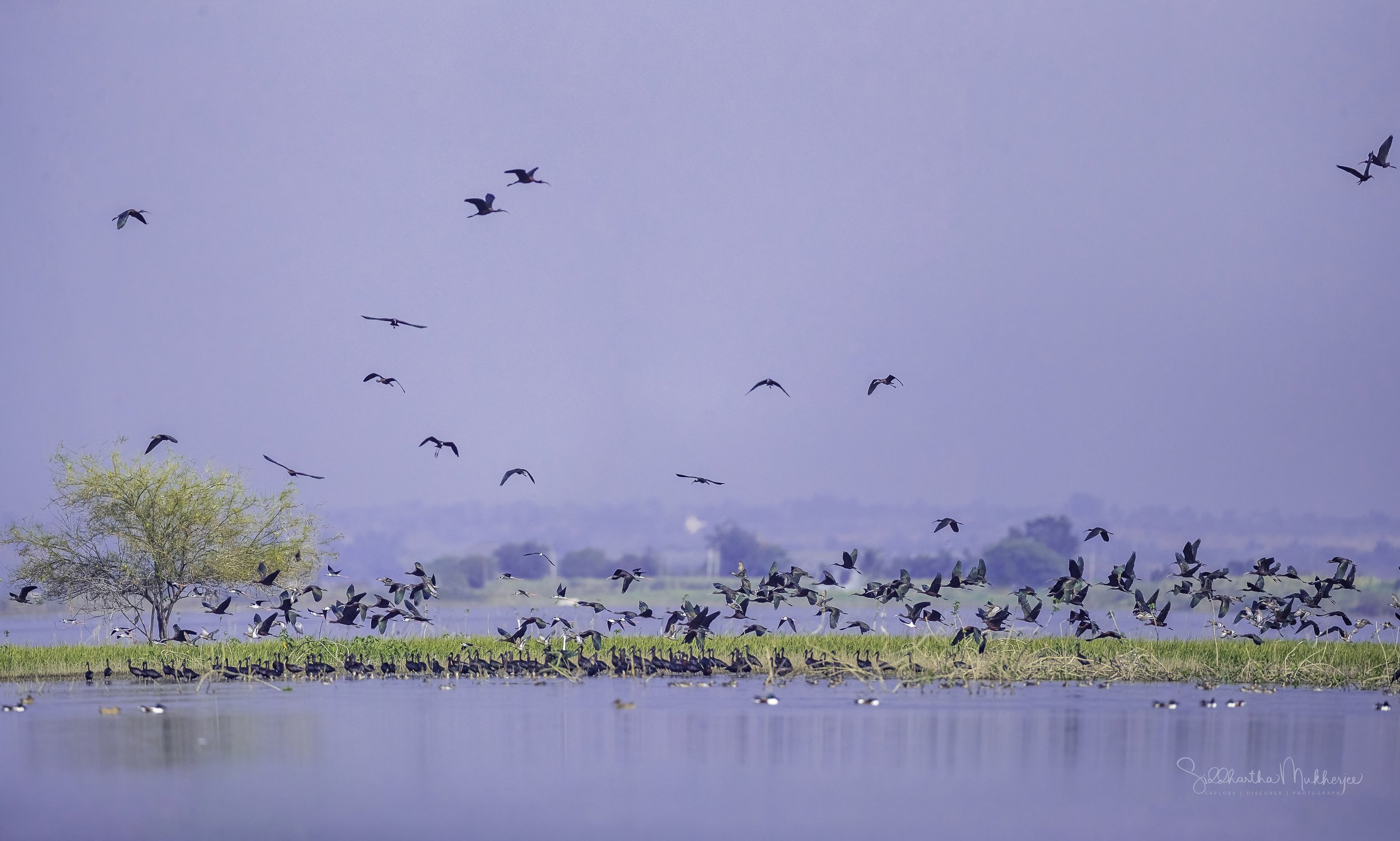
Ranganathittu Bird Sanctuary
Located 3 kilometers from the historic town of Srirangapattana and 16 kilometres north of Mysore, Ranganathittu is known as the The Pakshi Kashi (the Kashi for birds just as the city of Varanasi is known and revered by Hindus) of Karnataka. It is a bird sanctuary in the Mandya district of Karnataka & is the largest bird sanctuary in the state. Measuring 40 acres in area it is comprised of six islets on the banks of the Cauvery River.
Ranganathittu's islets were formed when an embankment across the Kaveri river was built between 1645 and 1648 by the then king of Mysore, Kanteerava Narasimharaja Wadiyar. These islets, originally numbering 25, soon started attracting birds. The ornithologist Salim Ali observed that the islets formed an important nesting ground for a large variety of birds, and persuaded the king of Mysore to declare the area a protected area in 1940. The sanctuary is currently maintained by the Forest Department of Karnataka and efforts are ongoing to improve the sanctuary, including purchasing nearby private land to expand the protected area. In 2014, around 28 square km around the sanctuary was declared as an eco-sensitive zone, meaning that certain commercial activities cannot take place without the government’s permission.
The sanctuary with its islets experience heavy flooding during certain rainy seasons when water is released from Krishna Raja Sagara dam upstream, due to heavy rains. During heavy flooding boating is suspended and tourists are allowed to watch the nesting birds from a distance. Frequent flooding has also damaged some portions of three islands over past few decades.
The sanctuary has been designated as a protected Ramsar site since 2022. Ramsar sites are wetland sites designated to be of international importance under the Ramsar Convention, also known as "The Convention on Wetlands", an intergovernmental environmental treaty established in 1971 by UNESCO, which came into force in 1975. It provides for national action and international cooperation regarding the conservation of wetlands, and wise sustainable useof their resources. Ramsar identifies wetlands of international importance, especially those providing waterfowl habitat.
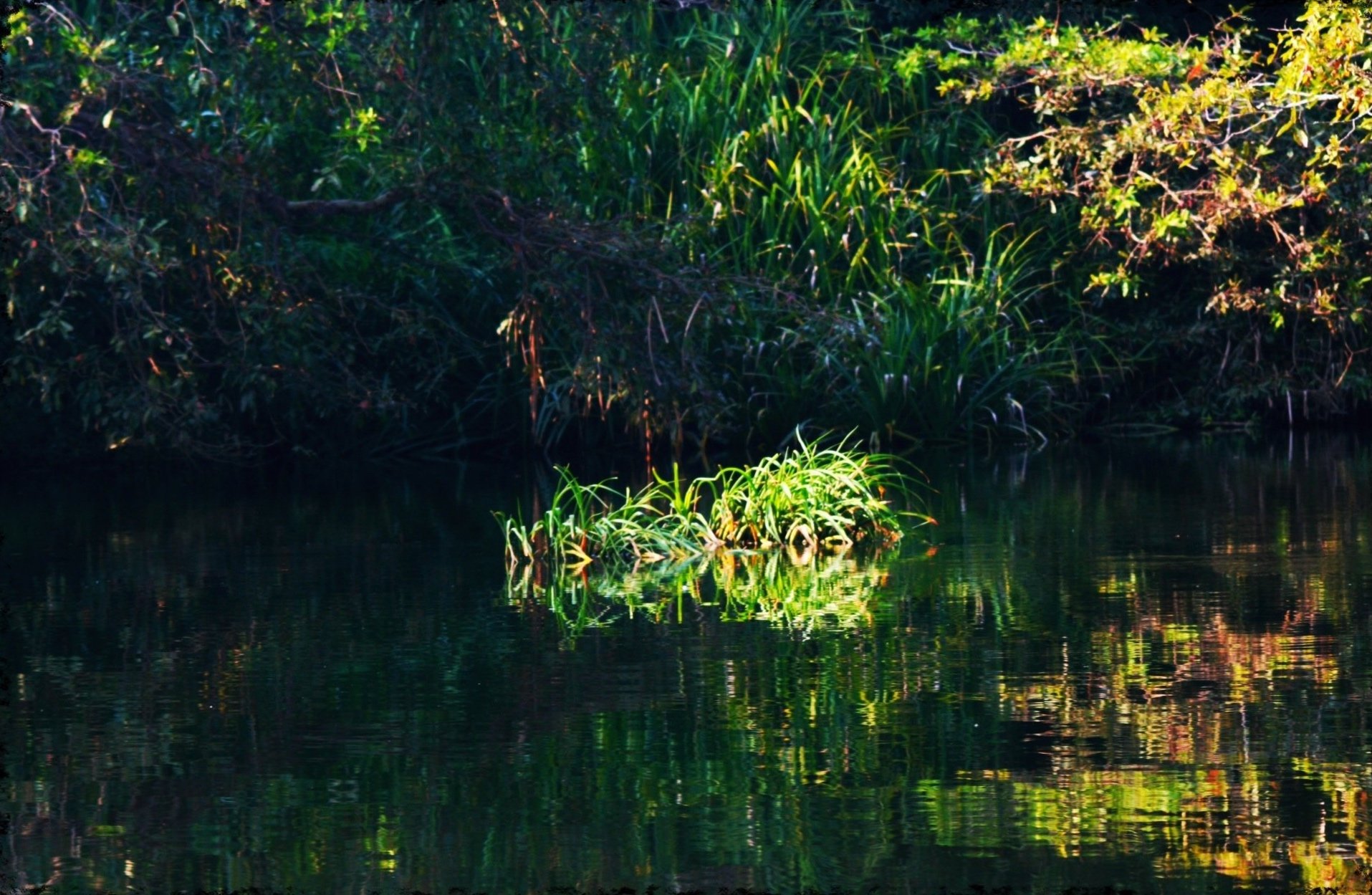
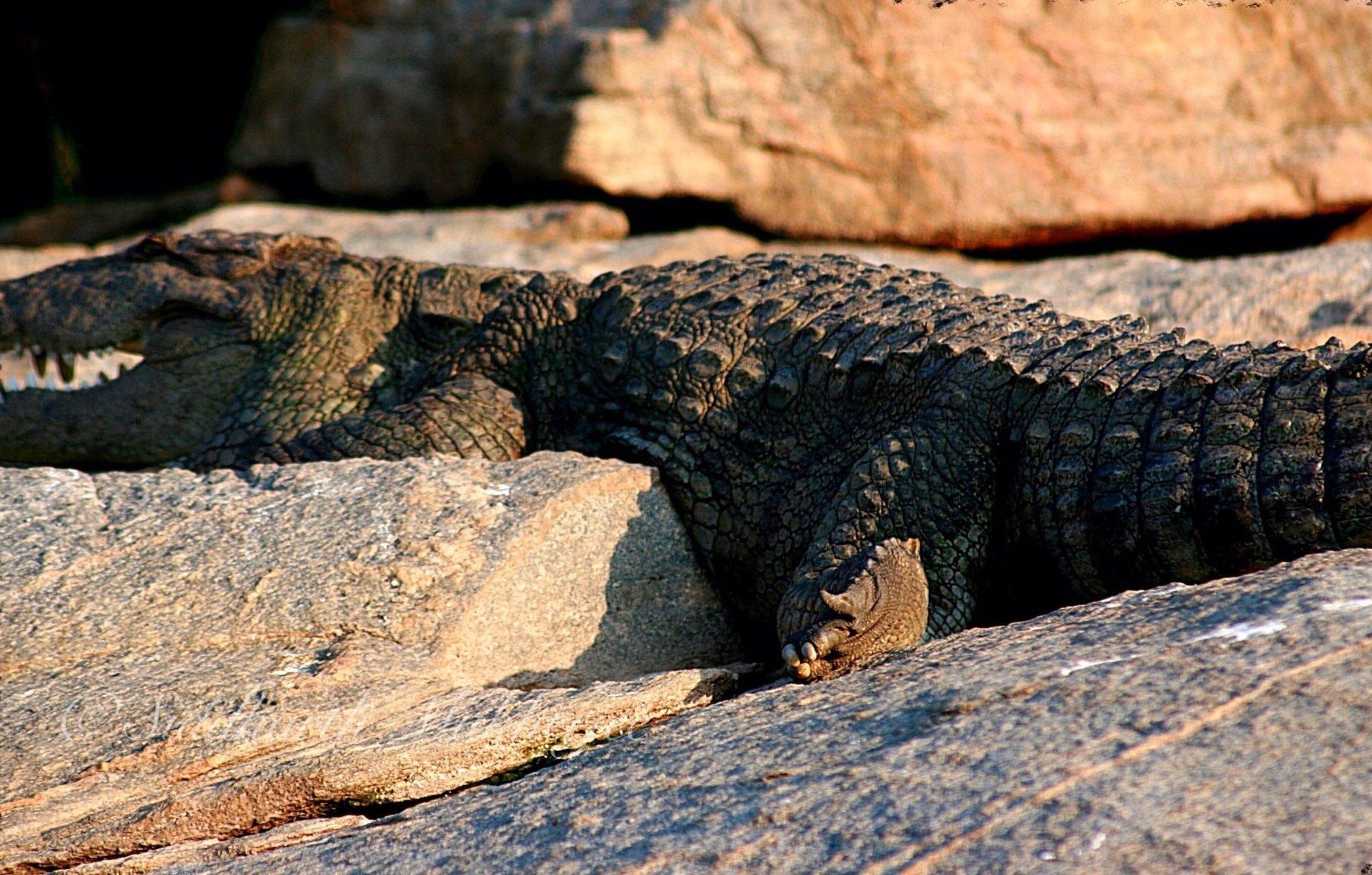
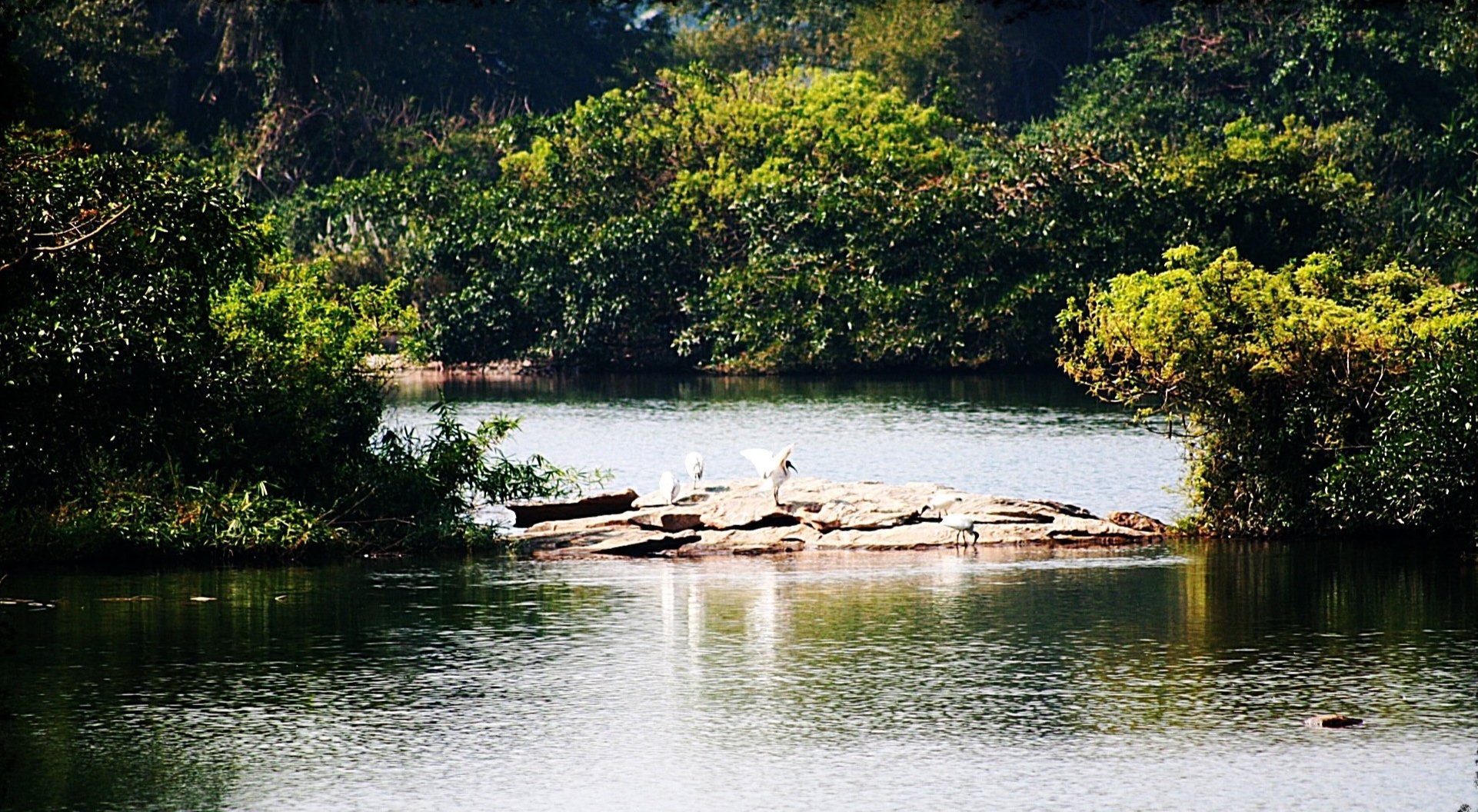

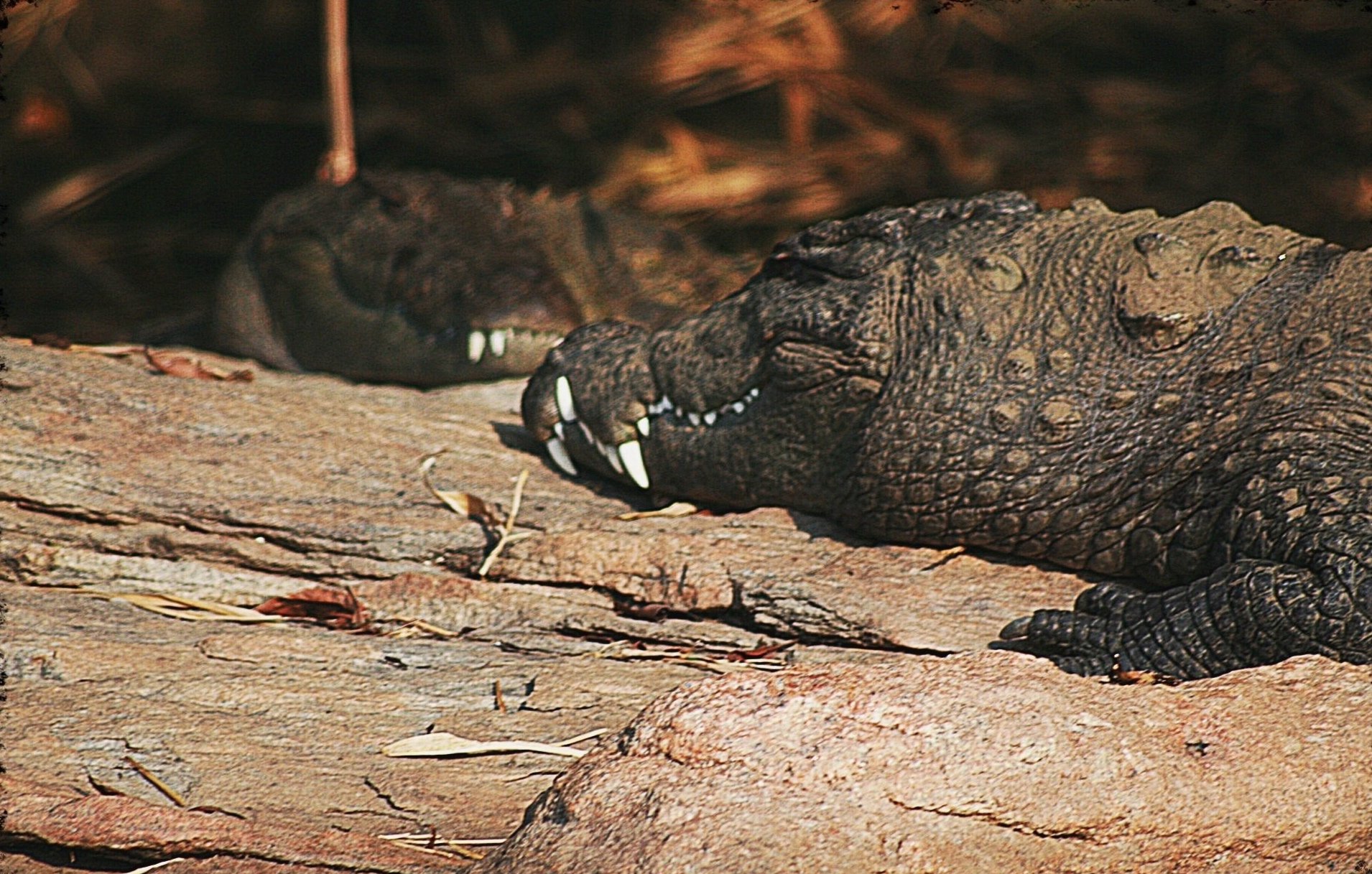
Black-headed Ibis
The black-headed ibis (Threskiornis melanocephalus), also known as the Oriental white ibis, Indian white ibis, and black-necked ibis, is a species of wading bird of the ibis family Threskiornithidae which breeds in the South- and Southeast Asia from India to the west and as far east as Japan. It is the only native ibis species in its range that has an overall white plumage with a black neck and head. The down-curved beak and legs are also black. Though often referred to as a wetland species, the black-headed ibis forages in a range of natural and man-made habitats. This species of ibis nests only during the rainy season (or monsoon).
It is one of several large waterbird species in south and south-east Asia, with adults measuring 65–76 cm in length. The white plumage is starkly contrasted against a conspicuous naked black neck and head, and black down-curved beak. Tails of adults bear light grey ornamental feathers that turn jet black during the breeding season. During the breeding season, bare patches under the wing turn blood-red. The head of some breeding adults gain a blueish tinge, or very rarely have a pink or bright red patch behind the neck. Some breeding adults also develop tufts of white feathers behind the neck, and rarely also get a yellowish colouration on the breast and back. Sexes are identical but juveniles are identifiable from adults in having greyish feathering on the neck and speckled brown-grey feathering on the wings and back. Like storks and spoonbills, it lacks a true voice-producing mechanism and is silent except for ventriloquistic grunts uttered by pairs at the nest.
Black-headed ibis are native to Bangladesh, Cambodia, China, Hong Kong, India, Indonesia, Malaysia, Myanmar, Nepal, Pakistan, Philippines, Russian Federation, Sri Lanka, Thailand and Viet Nam. They are migratory or vagrant in Japan, Republic of Korea, Lao People's Democratic Republic and Mongolia. The species is a widespread breeding bird in India, Sri Lanka, Nepal and Myanmar, but has declined considerably to only a few locations or breeding colonies in Cambodia, Indonesia, Malaysia, Thailand, & Vietnam. The most rapid decline in recent times is suspected to be the population in Sumatra.
The black-headed ibis is very versatile being able to use a large variety of natural and man-made habitats. These include freshwater and salt-water marshes, lakes and ponds, as also rice fields, freshly ploughed crop fields, irrigation canals, riversides, reservoirs, urban lakes, open sewage gutters, grazing lots, and garbage dumping sites. Ibis alter use of varied preferred foraging habitats by season in agricultural landscapes such as in south-western Uttar Pradesh in India. In summer, they largely use and prefer natural marshes and fallow fields, but in the monsoon, spread out more evenly to also use a variety of agricultural fields. In landscapes that have more forests and rocky hills as in southern Rajasthan, wetlands are the preferred habitats year-round. Open sewage lines are used more during the dry summers, and ibis increase the use of grazing lands during the monsoon. They mainly prey on frogs, worms, snails, tadpoles, larval insects, adult insects, fish, crustaceans and their biggest threat are humans.
They nest in heronry colonies near wetlands building a platform nest of sticks, lined with grass and threads.
‡‡‡‡‡
The following are some photos of the Black-headed Ibis from all the various locations I have seen it at - Ranganathittu Bird Sanctuary, Little Rann of Kutch, Tadoba Andhari Tiger Reserve, Bhigwan Bird Sanctuary, the lakes in and around Hyderabad. Some were handheld from a boat, some were from a tripod, some from a safari vehicle, some prone on the ground etc and dating back all the way to 2011.
“During the breeding season, bare patches under the wing turn blood-red. The head of some breeding adults gain a blueish tinge, or very rarely have a pink or bright red patch behind the neck as seen in the photos above”
Related Posts


















